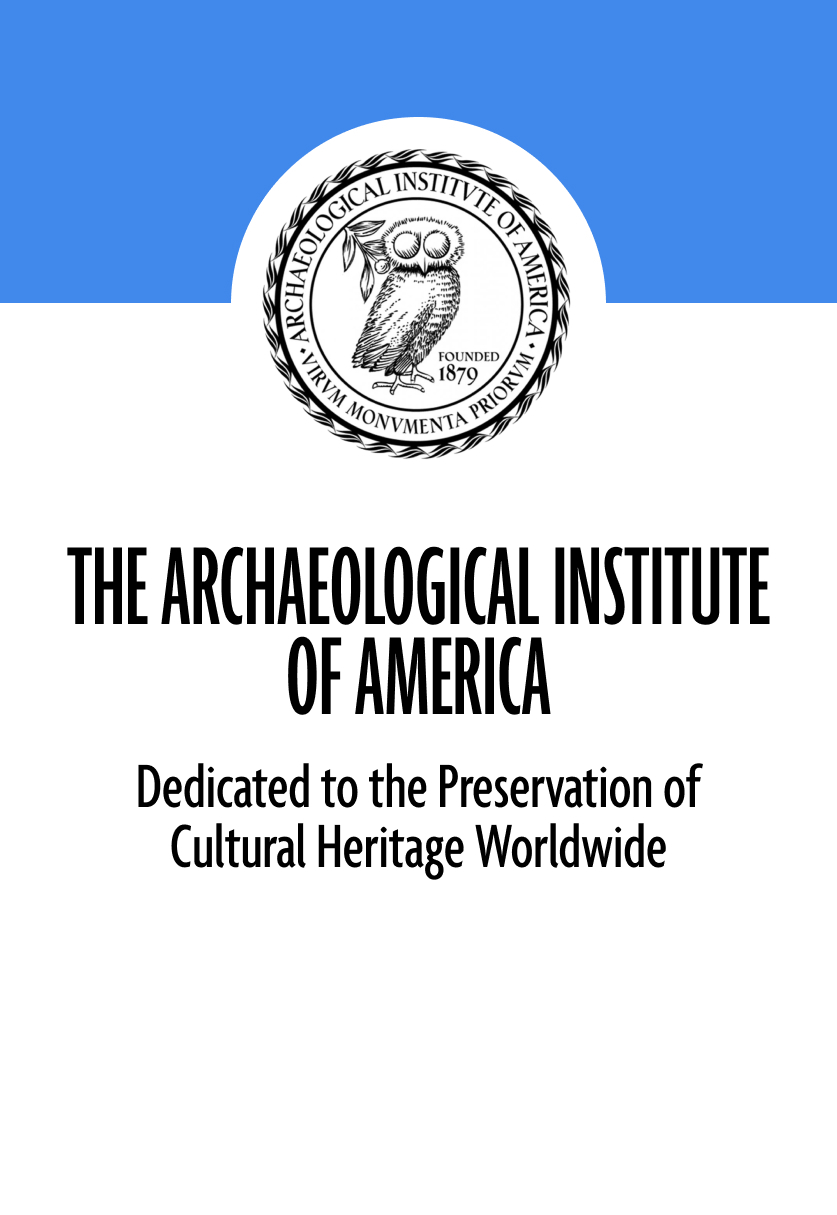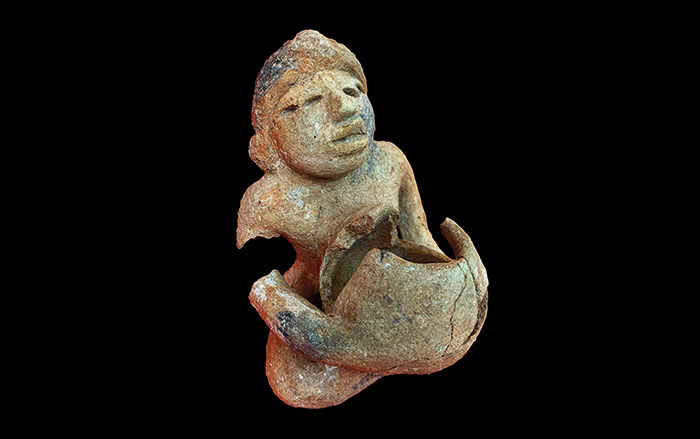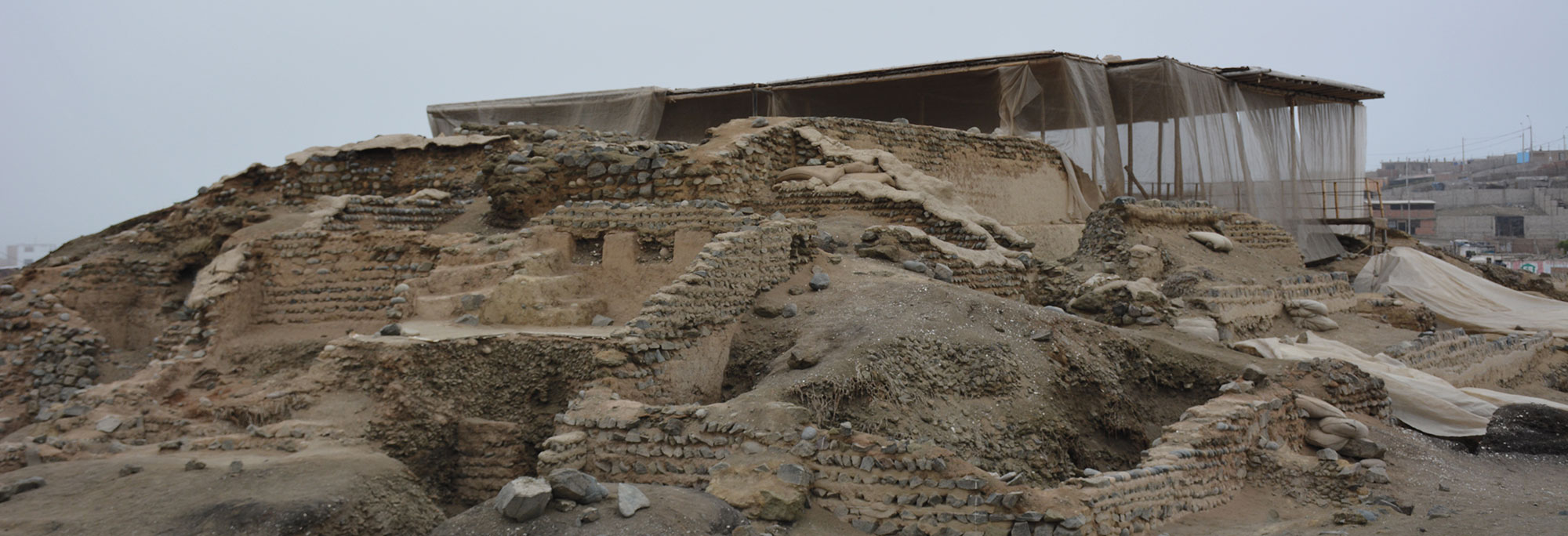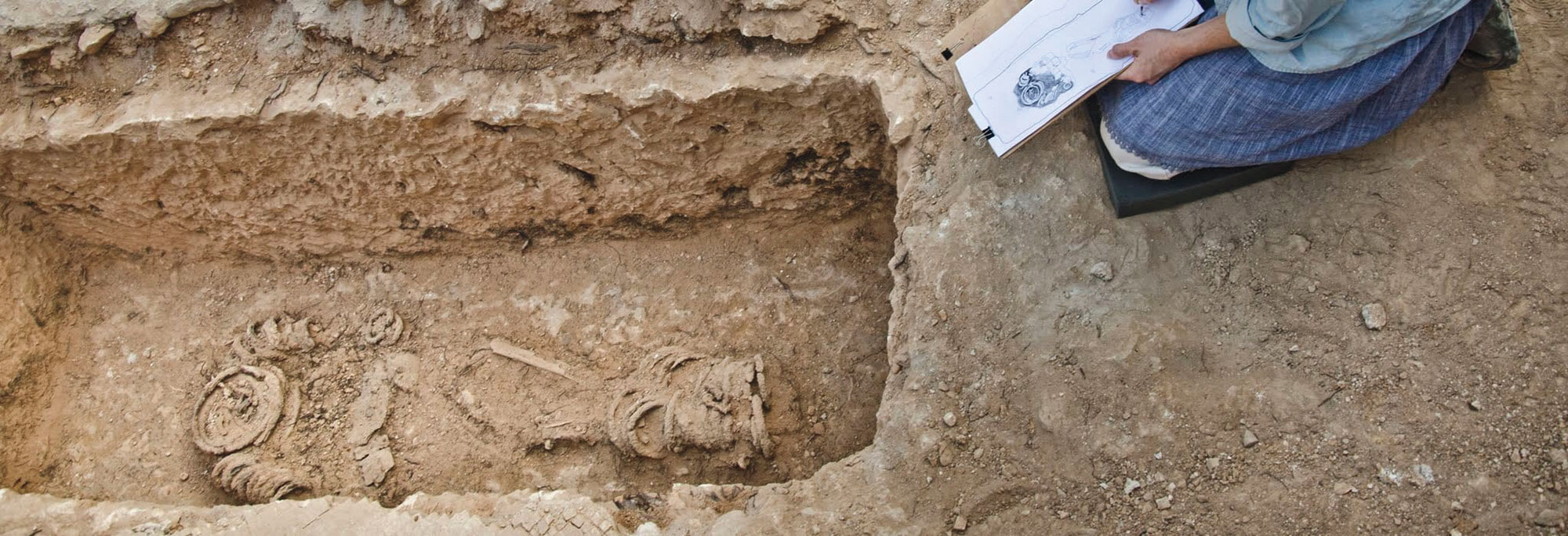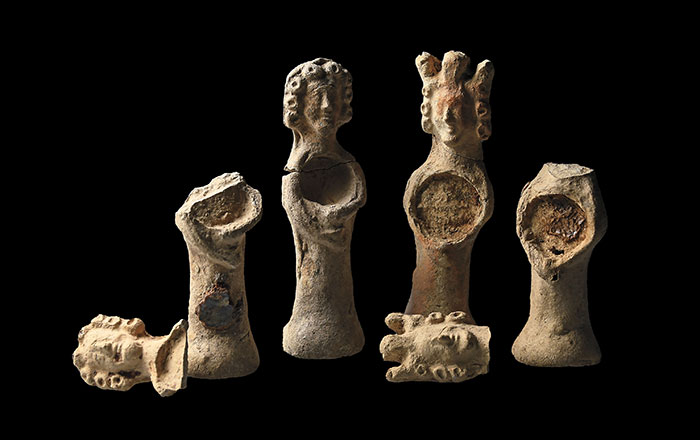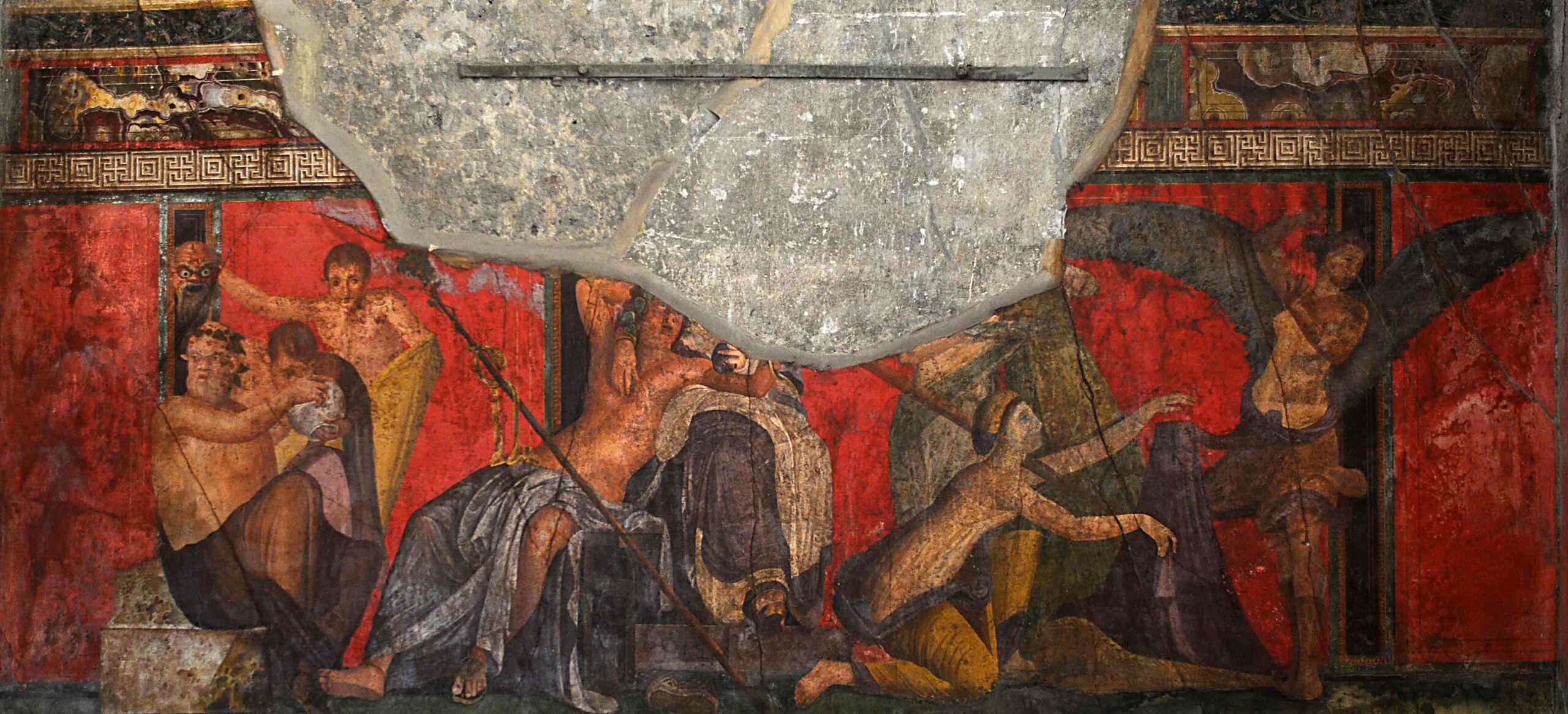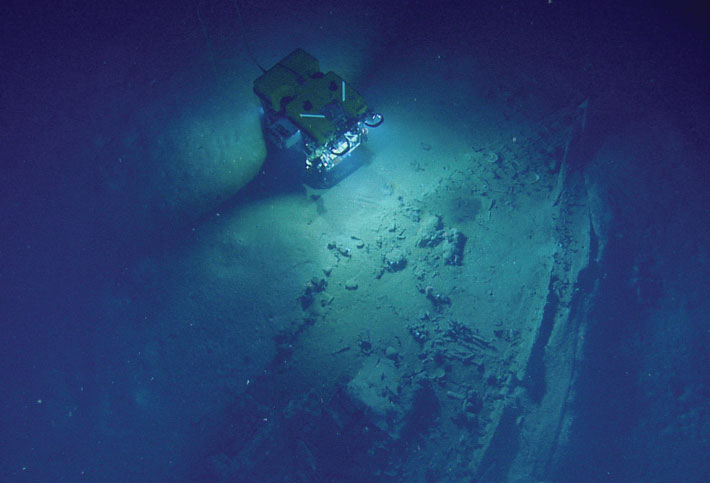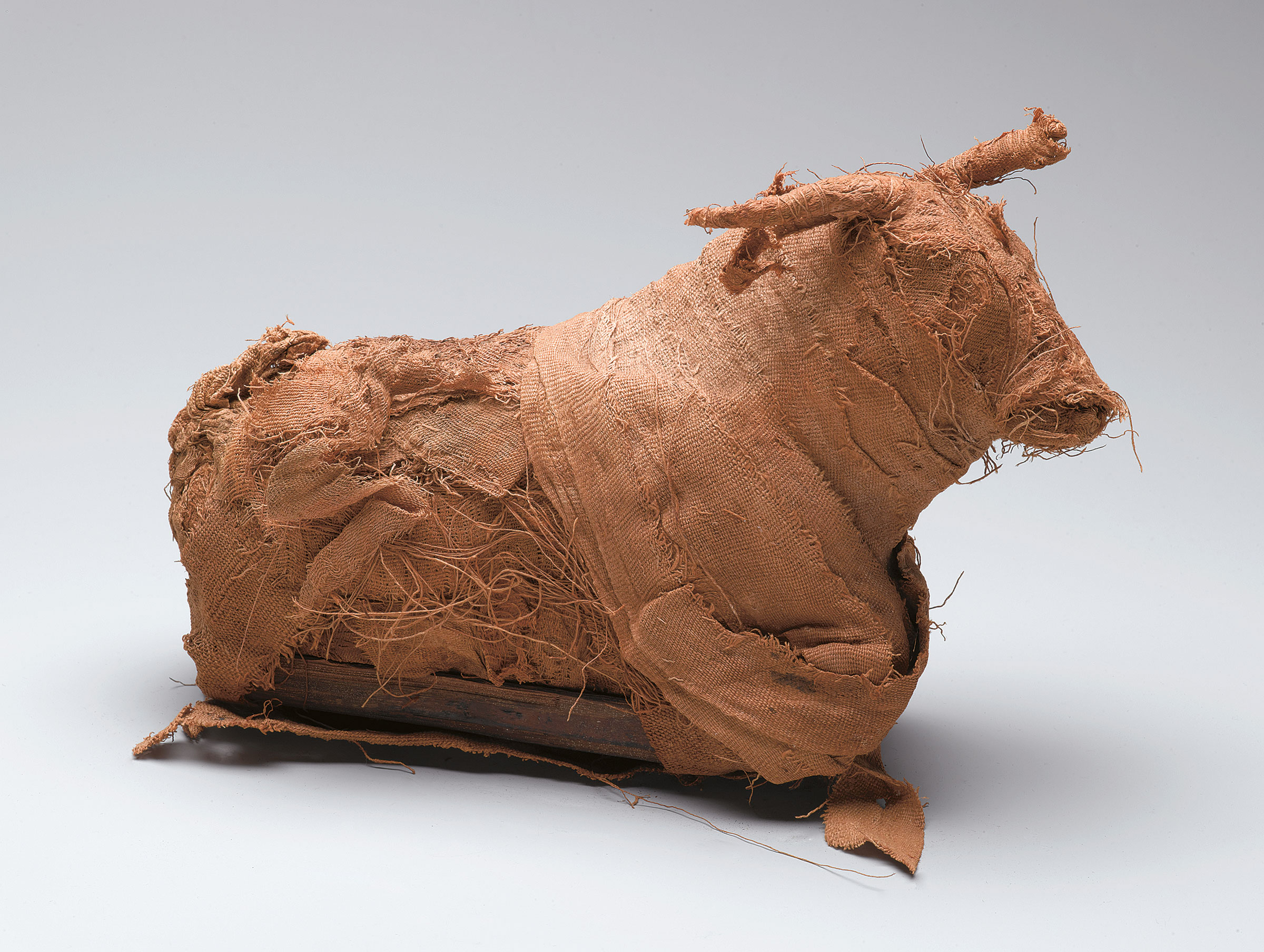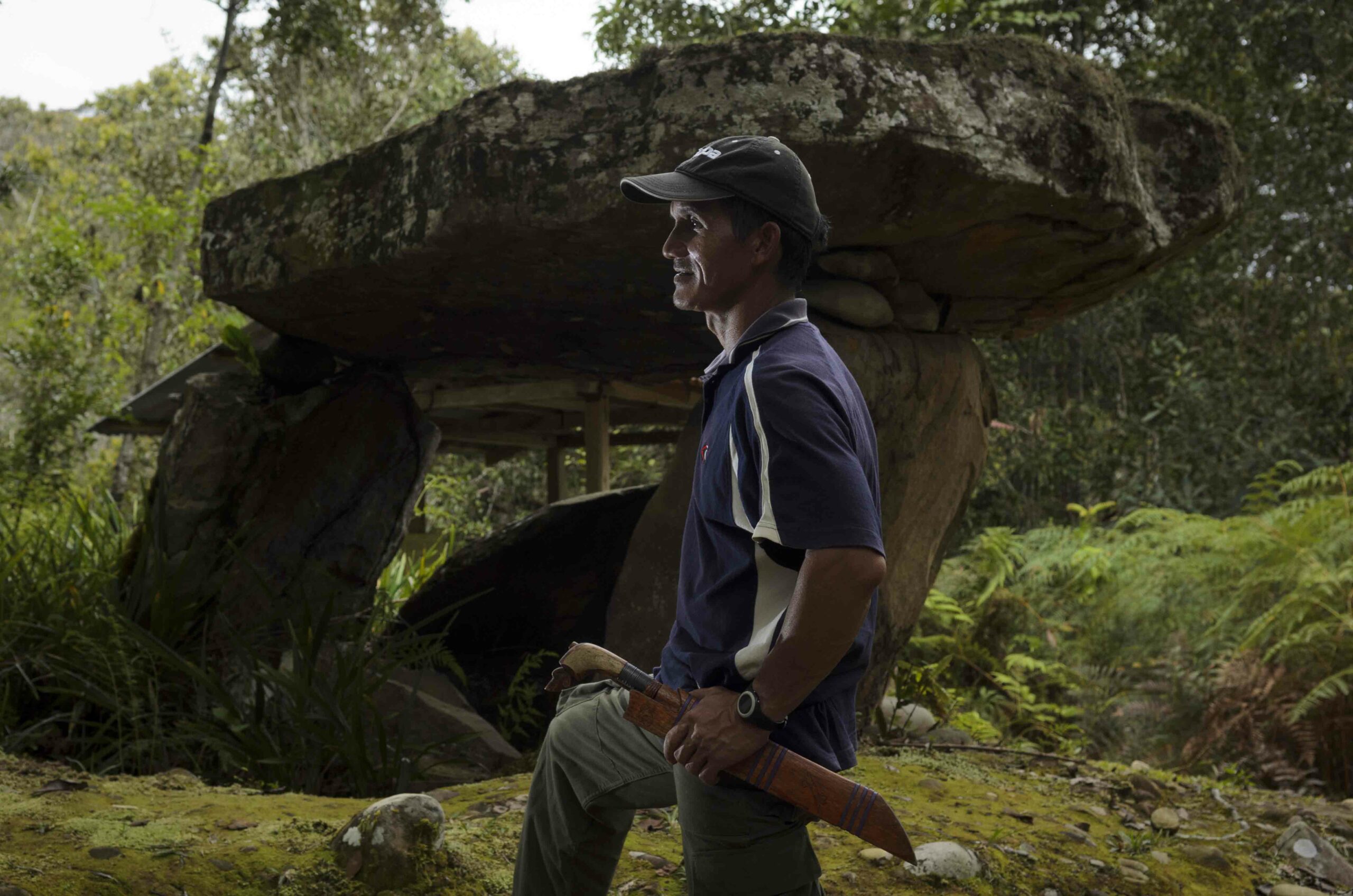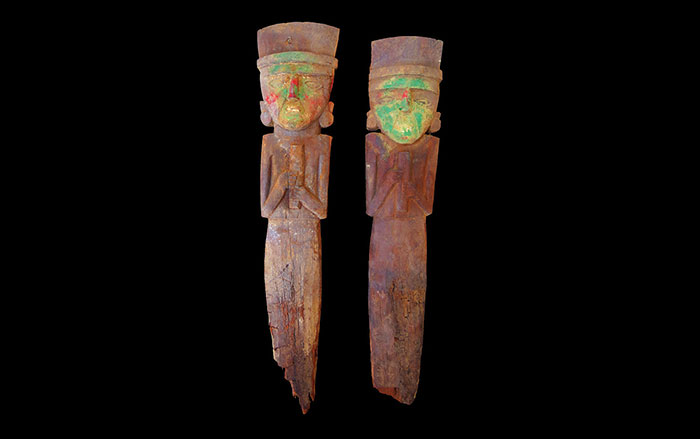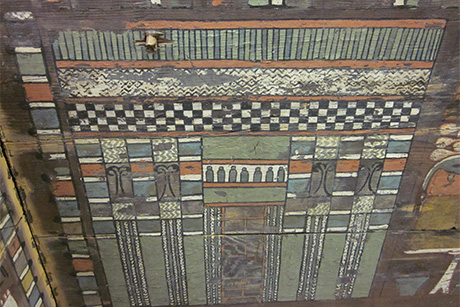
ITHACA, NEW YORK—Tree ring samples taken from an ancient Egyptian coffin in 1938 have been tested with “dendro radiocarbon wiggle matching” by Sturt Manning of Cornell University and an international team of scientists, who also examined wood from funeral boats that had been buried near the pyramid of Sesostris III. The technique calibrates radiocarbon isotopes in the tree rings with patterns known from other places in the world with identified chronologies and produces very precise results. The scientists were able to confirm that the “higher” Egyptian chronology for the time period is correct, and they also learned that a dry period occurred following the year 2200 B.C. “This radiocarbon anomaly would be explained by a change in growing season, i.e. climate, dating to exactly this arid period of time,” Manning told the Cornell Chronicle.
